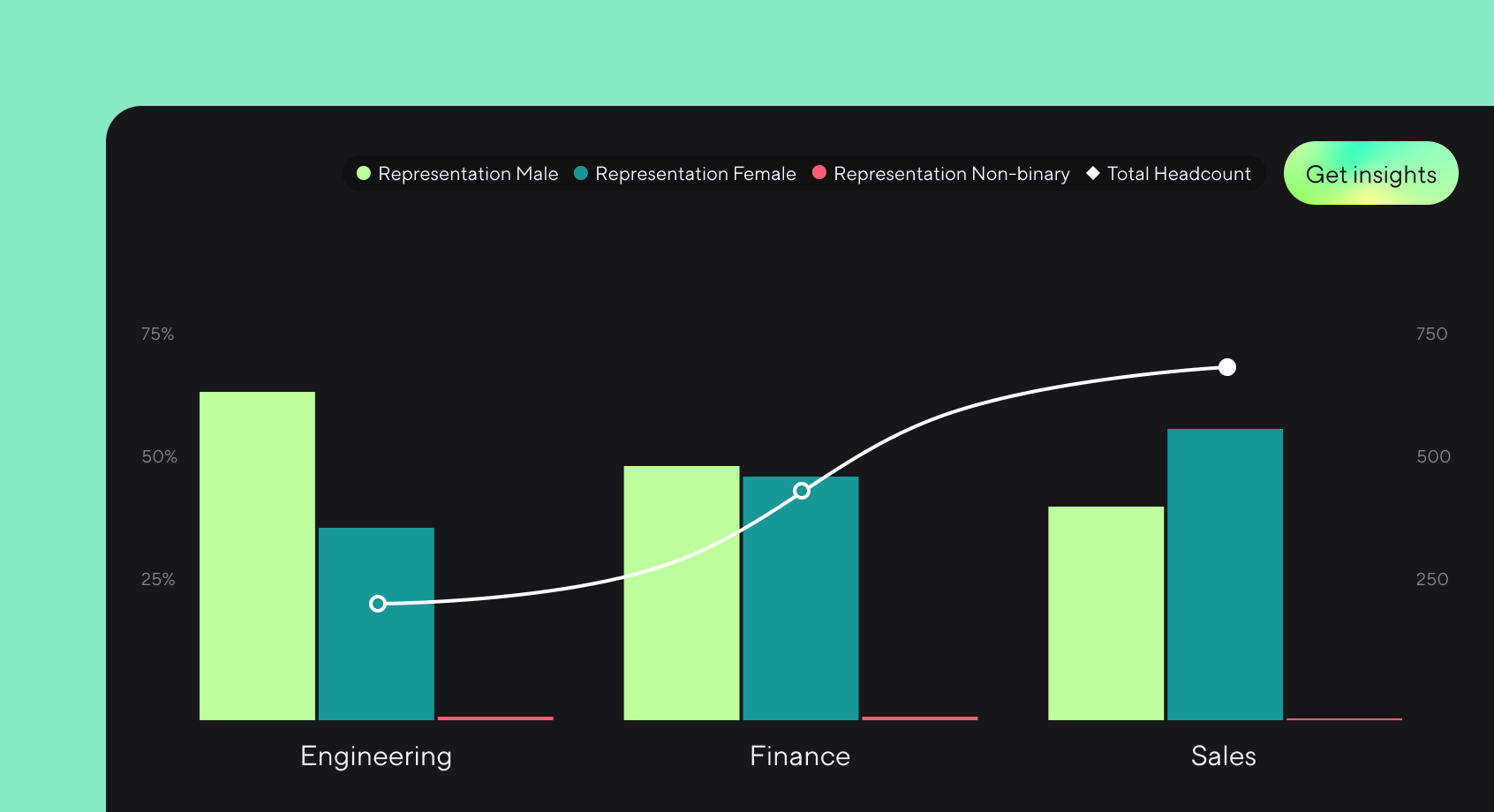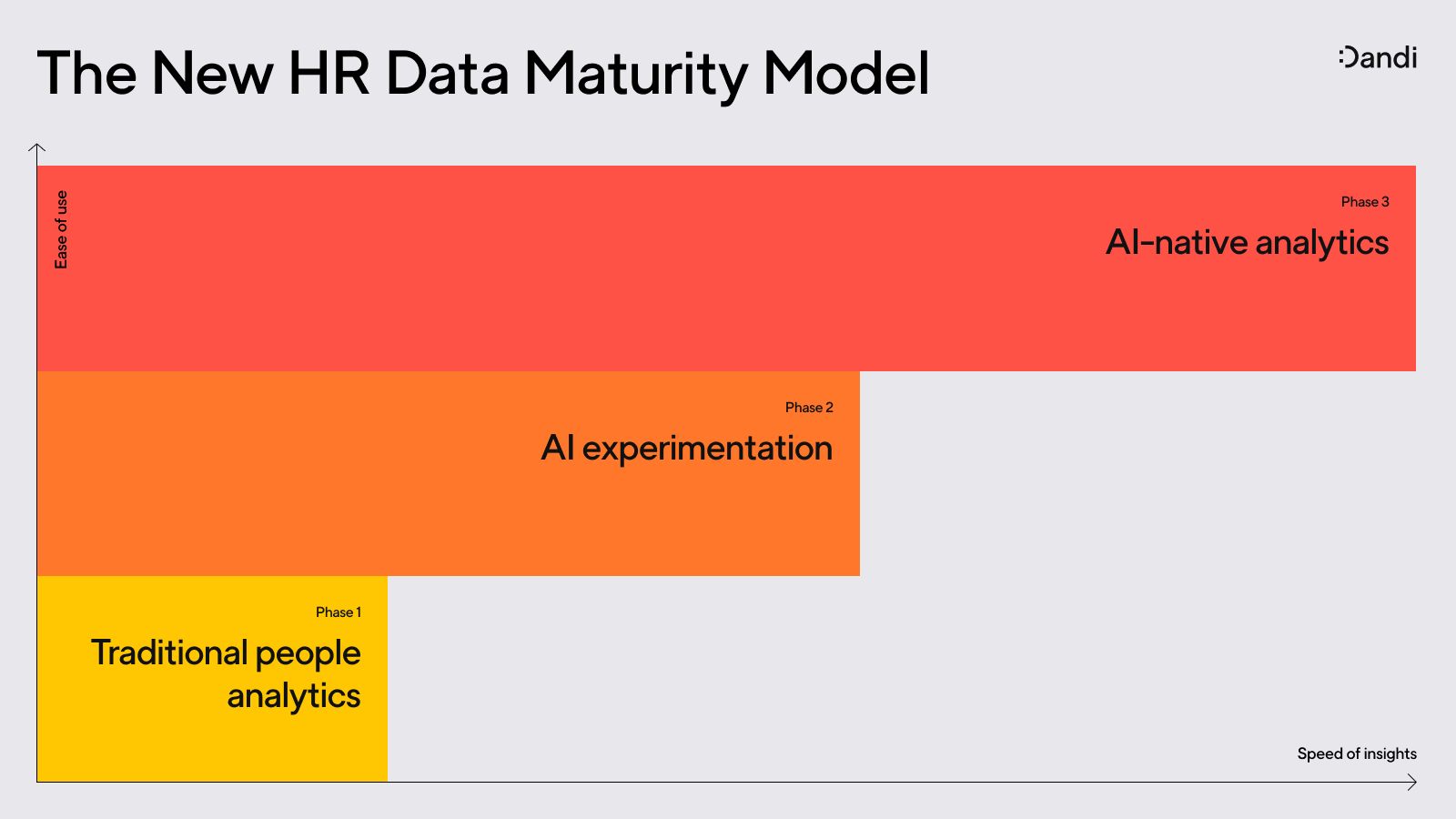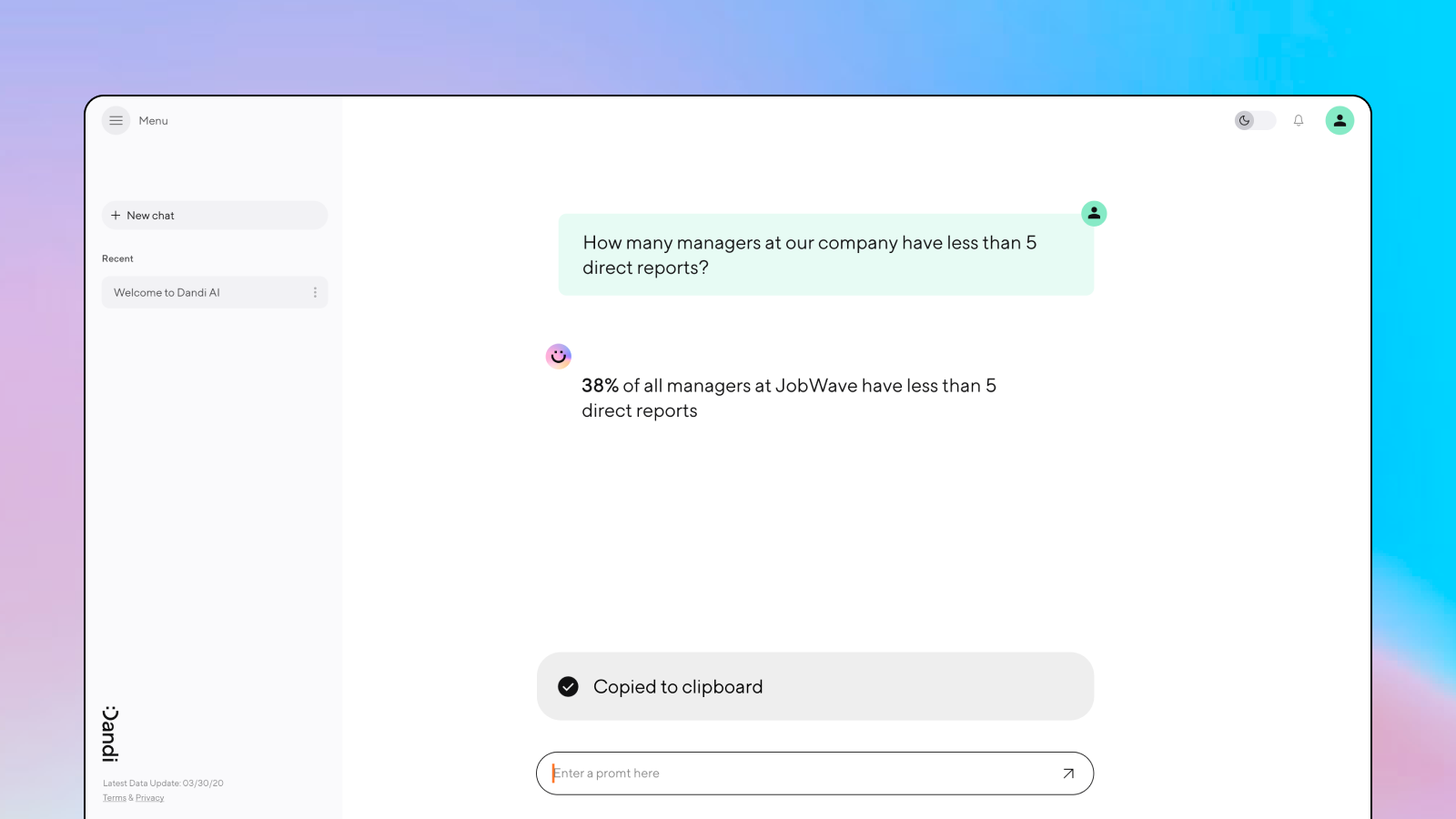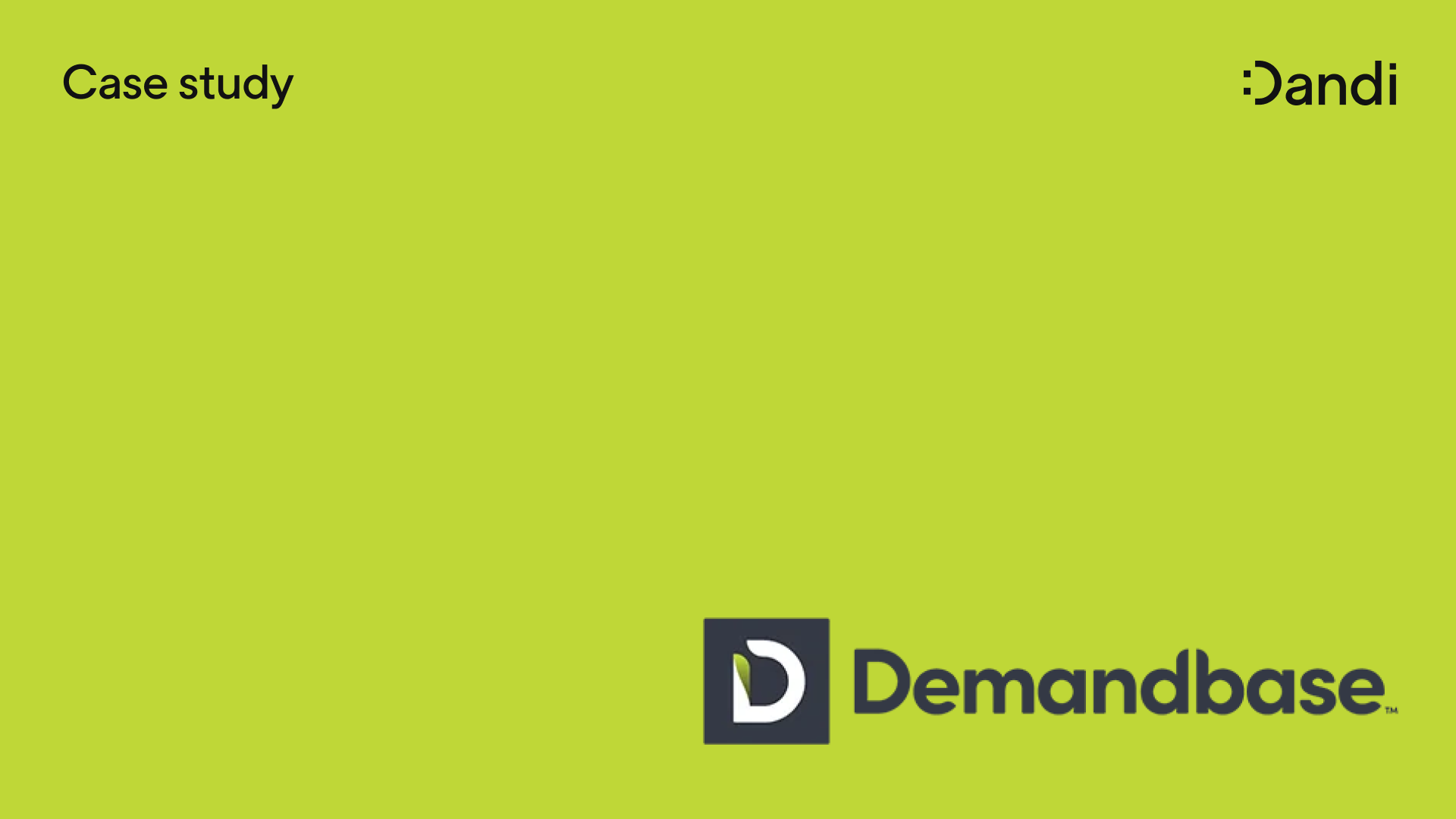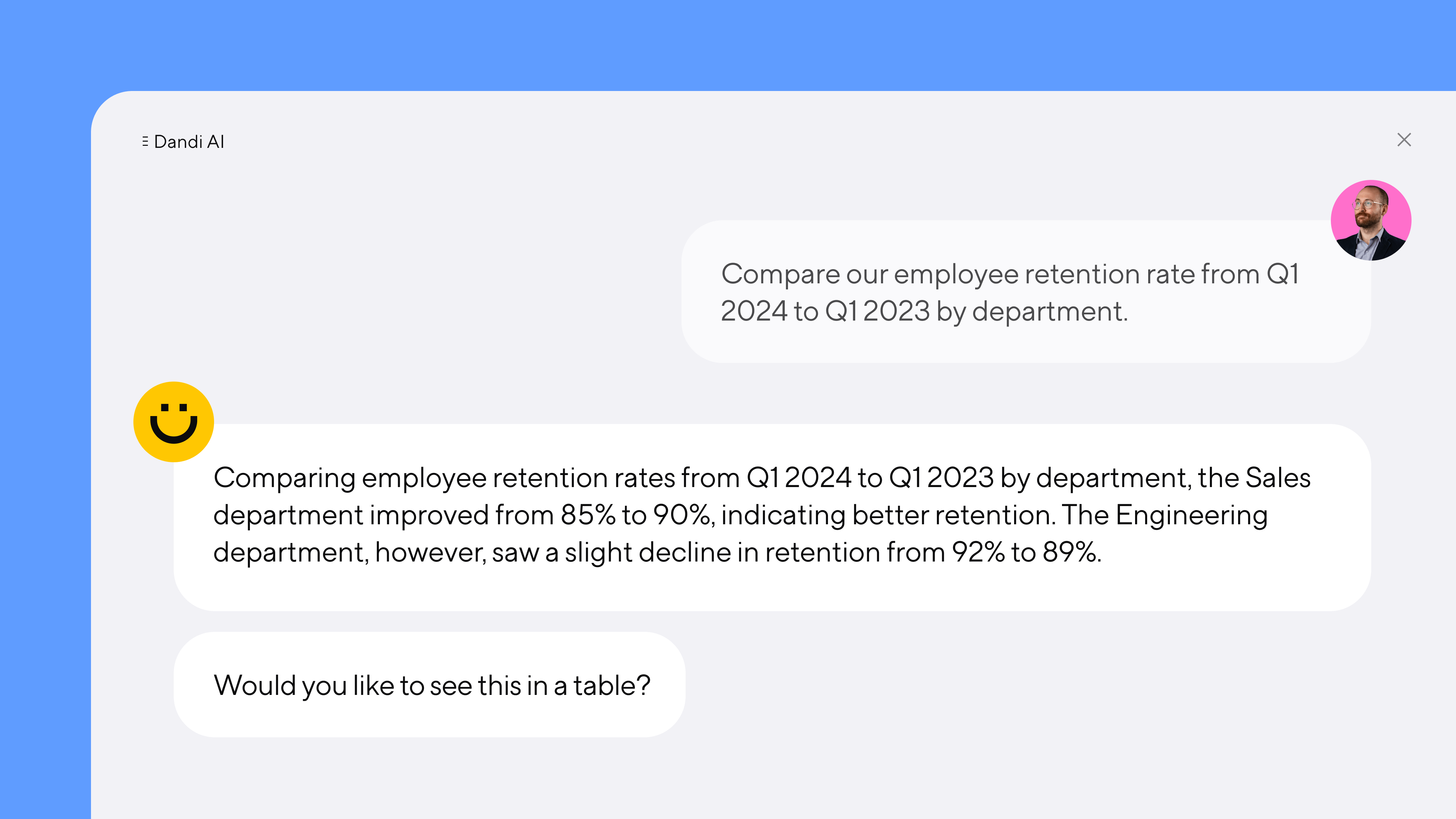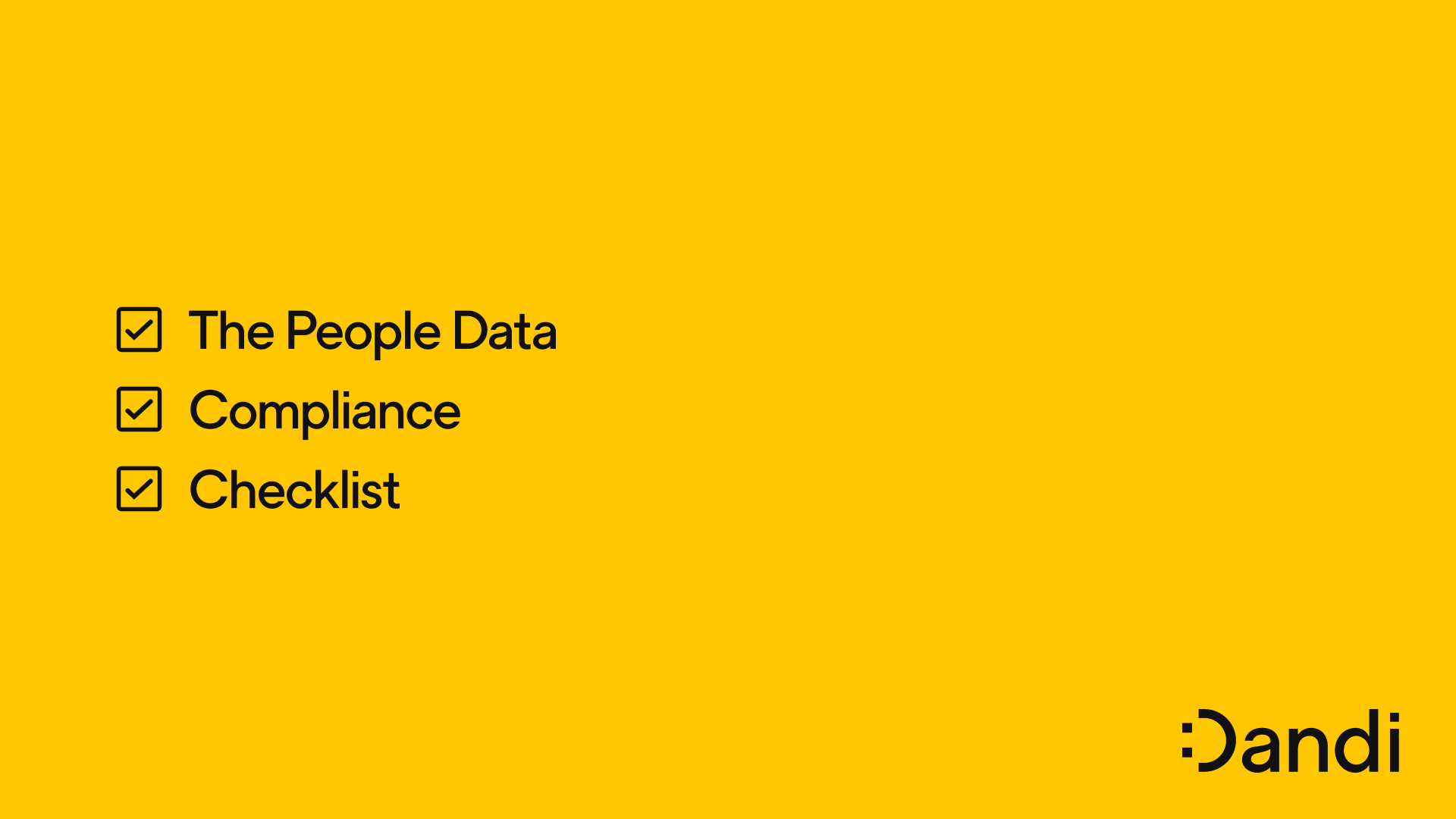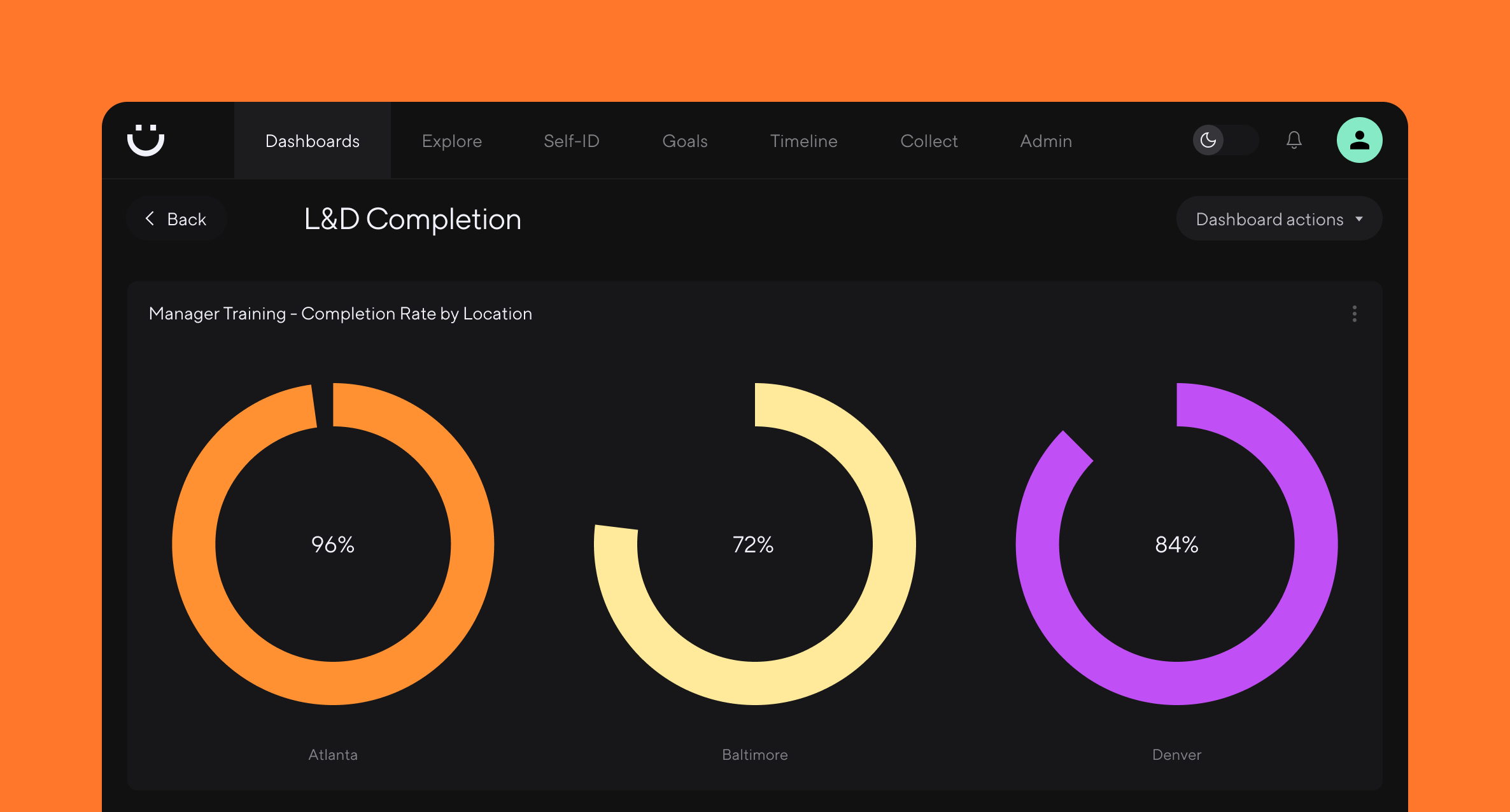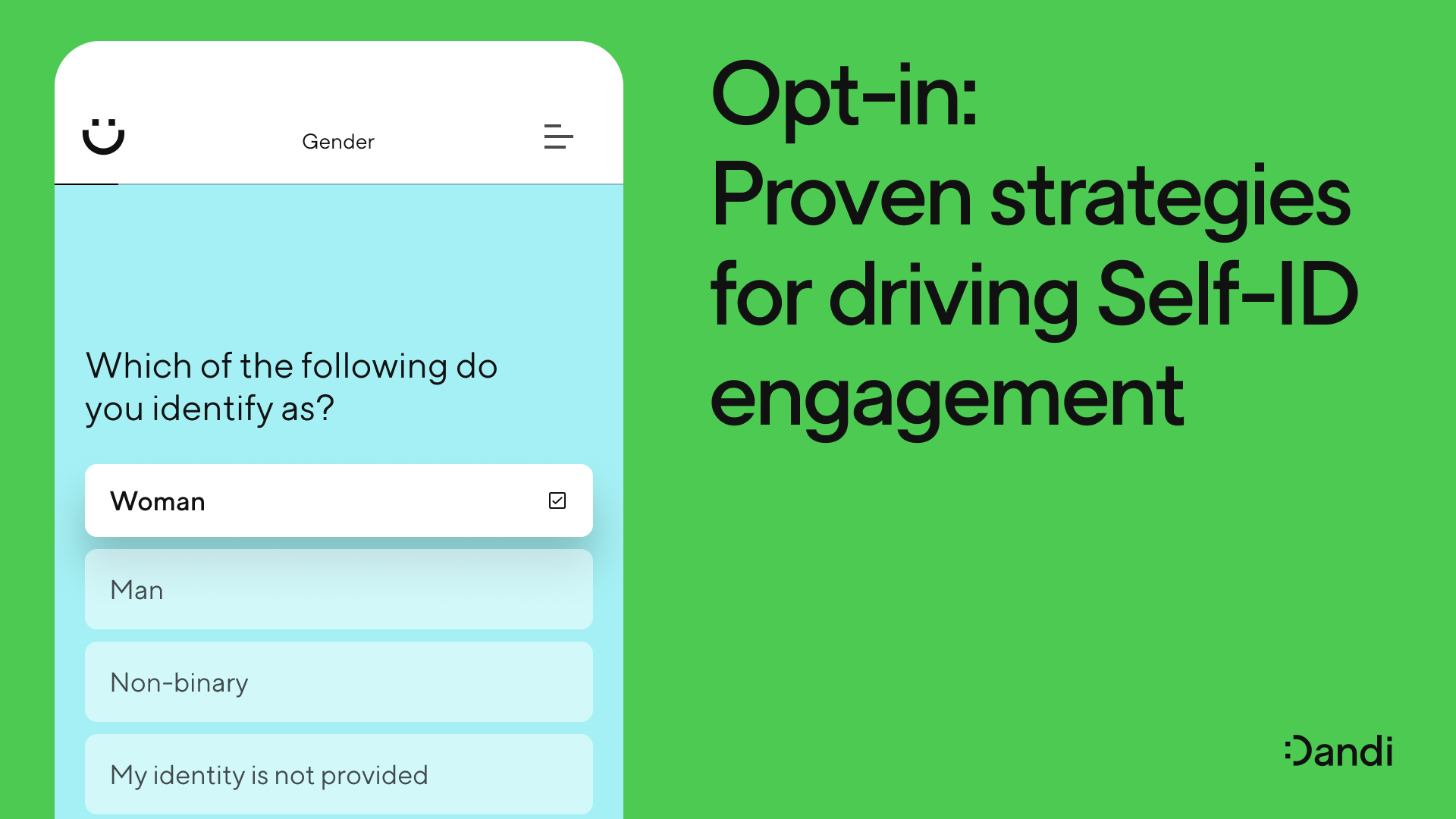Build or buy? What to consider for DEI analytics.
Hallie Bregman, PhD – Jan 4th, 2023
It's the age-old question: build or buy. Here's what to know when it comes to DEI analytics.
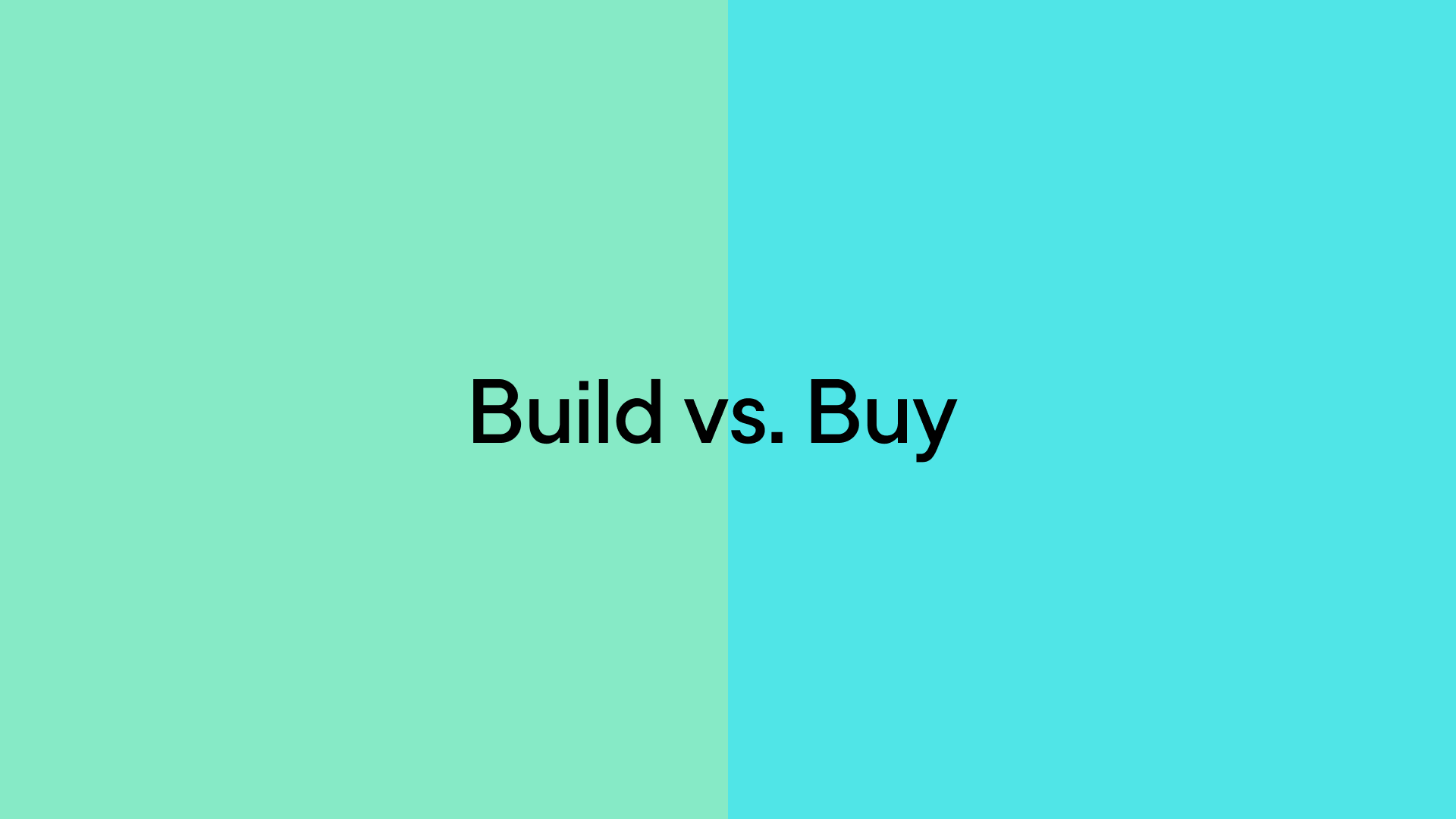
When there is a pain point, it’s tempting to jump right into solutioning. This is especially true when it comes to DEI.
There is a ton of pressure to get it right. How do we solve institutional and societal inequities? How can we eradicate racism, sexism, ageism, and more? How do we fix…all of it?
Knowing that it will take years to solve these problems, it’s important to take a step back and look at where we can make change today. We must take a building blocks approach, focusing on the immediate actions we can take and how they fit into the bigger picture.
This is where measurement comes into play. We need to identify the biggest and most actionable gaps to understand what actions we should take first. A robust measurement strategy is necessary to get there.
But how do you choose the right tools to measure DEI? Do you build them in-house, or buy them?
Let's start with the basics first.
Why measure DEI?
Data and measurement are not new to the corporate world. In fact, they have transformed almost every aspect of business.
Finance has always operated around numbers, but in the last decade, marketing, operations, product development, and more domains have relied on data to drive decision-making. These facets of the business evolved, using data to make better and smarter decisions. Remember when marketing was about putting content out to a number of channels, without the ability to measure success? Remember when user interviews were the only way to get customer feedback? Can you imagine sales before there was the CRM?
Remember when DEI relied exclusively on representation as the primary way to major success? Ah, that’s still (generally) the case today. So, we must learn from these other evolved domains and do more with the data.
Luckily, we live in a time when there is a digital footprint for just about everything. We can know about employees’ identities, their recognition volume, their network strength, and their promotion trajectories. We must use this information to better inform our direction, our immediate next steps, and our short-term focus areas.
How to measure DEI?
The million dollar question, however, is how to do it. How do we take all of this rich data and turn it into simple, digestible, and automated insights?
The good news is that there is precedent from other domains, taking advantage of robust reporting capabilities and platforms. Some rely heavily on “do-it-yourself” platforms, like Tableau or Looker. Others use specialty software like Adverity or Segment. So what should DEI use? Should we build in a general purpose business intelligence (BI) tool? Or should we buy a specialty software, like Dandi?
The build vs. buy debate
I have a clear opinion on this debate, but let’s walk through the options. In fact, before we walk through the options, let’s discuss the requirements.
Perhaps most important and unique to DEI is privacy. Sensitive information requires intense security and handling with care. Healthcare is another area where this is a requirement; HIPPA laws to protect patient privacy are a major factor in selecting data systems.
Yet another requirement is time to value. The world moves quickly these days; how fast can we get insights? Are they real-time? Do we have to wait for a monthly report or lag?
Additionally, a wide variety of complex data sources must be handled. DEI data lives in many different systems, from HRIS and HCM systems to survey and compensation platforms. This means that whatever is selected must manage a complex extract, transform, and load (ETL) process.
There may be other organization-specific requirements. Whether the list is long or short, it is critical to know what you need.
The advantages of building
Even with my definitive perspective, I know there are advantages and disadvantages to both options. Building can offer some serious benefits.
Many organizations believe they are “special” or “unique”; they require custom ways of doing things. Well, no approach gives you more control to customize than building yourself. You can manipulate, visualize, and iterate to your heart's content. Unique needs can be met in ways that off-the-shelf solutions cannot do.
Building also can seem to be cost-effective. There are no additional annual fees, especially if your organization already has licenses to a general purpose business intelligence solution. When upfront costs are a concern, this is a real benefit.
That said, building can also be more expensive over the long-run. With time and resources needed to both build AND maintain a solution, the investment is not small.
Additionally, building can be slow, with one dashboard coming to life at a time. All that customization and iteration adds more time to an already cumbersome process. And while multiple ETL processes can be handled, that requires skilled data architects involvement. Oftentimes, teams rely on manual data extractions on a monthly basis to keep the data updated.
Building gives you the most ability to customize. But it can be more expensive in the long-run.
Furthermore, that build lag means it may take longer to get the insights. Not to mention that the team might only be able to build 1-2 dashboards at a time. Which means there may be missed opportunities to intervene sooner. Which can be costly, compounding challenges with discrimination, inequities, and turnover.
As noted above, though, privacy is really the most important requirement, and perhaps the biggest challenge with building. BI tools are great, but they are not always designed for highly confidential data.
At one organization I worked with, I encountered a set of dashboards that were built in the BI tool. At first glance, they were promising! Then I dug in. Those dashboards were created off of manual data extracts, uploaded monthly. They were limited to one system, due to the complexity of integrating data sources. And most importantly, they were not secure.
Of course, the team thought they were secure. They had permissioned them so that only a few folks could have access. However, what they didn’t realize was that those folks could still share the dashboards. As a result, the data was shared more widely than desired, increasing risk of violations.
Enter buy mode
To me, the complexities and risks described above outweigh the benefits of control and customization. Let those who are specialists do what they do best; build solutions for the rest of us to benefit from. Don’t reinvent the wheel when the wheel works!
Of course, it is an investment. Annual subscription fees do apply. Still, they eliminate so much of the resource investment to build, that it is typically a 1-1 tradeoff, and even a savings over the long term. Dandi is incredibly affordable, with options to scale up and down investments.
Buying opens up possibilities. It brings standardization into the conversation, defining metrics by best practices across the industry. It provides access to experts and specialists who can advise and guide your organization. It speeds up time to value, unlocking hundreds of insights without building hundreds of dashboards. It typically automates manual processes, with seamless integrations to a variety of software. It offers an immensely easier ability to scale; new sources are easily synced and security models can be widely democratized.
Speaking of security, this is maybe my number one reason to buy.
I’ve experienced too many loopholes with weak security models. There is nothing better than a platform designed to keep your most sensitive information secure. These platforms have ethical charters and certificates of compliance. They keep up with the rigor of ever-changing global regulations, in a way that is nearly impossible without specialists. They make security easy and trustworthy, and that is worth its weight.
It’s time to buy
While building a DEI analytics solution may make sense for organizations with highly specialized needs, buying is most often the simpler, faster, more secure path.
With a platform like Dandi, you'll be up and running in a matter of weeks and have access to real-time data, all alongside deep security features. That's more than enough to meet most organizations' requirements.
One thing is certain: DEI measurement is no longer a nice-to-have. Define your requirements and see what makes the most sense for your organization.
Thinking of launching a DEI measurement program? Book a demo to see everything Dandi can do.
More from the blog
Announcing more powerful Dandi data visualizations
Team Dandi - Oct 23rd, 2024
The New Maturity Model for HR Data
Catherine Tansey - Sep 5th, 2024
Buyer’s Guide: AI for HR Data
Catherine Tansey - Jul 24th, 2024
Powerful people insights, 3X faster
Team Dandi - Jun 18th, 2024
Dandi Insights: In-Person vs. Remote
Catherine Tansey - Jun 10th, 2024
Introducing Dandi AI for HR Data
Team Dandi - May 22nd, 2024
5 essential talent and development dashboards
Catherine Tansey - May 1st, 2024
The people data compliance checklist
Catherine Tansey - Apr 17th, 2024
5 essential EX dashboards
Catherine Tansey - Apr 10th, 2024
Proven strategies for boosting engagement in self-ID campaigns
Catherine Tansey - Mar 27th, 2024
